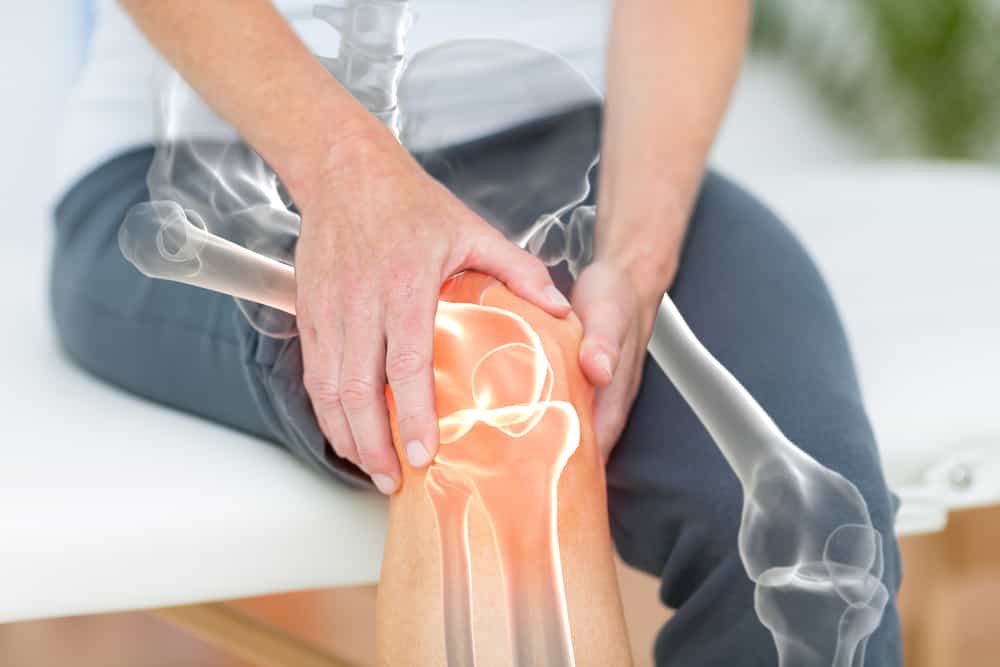Knee pain is one of the commonest complaints that humans experience. This, along with headaches, anal canal conditions, difficult labor and neck pain are the side effects of us standing on two limbs. Our knees carry the entire weight of our bodies and are, therefore, subject to immense stress and risk of injury. Although knee pain is usually easily manageable, the pain itself can be disabling, and patients may stay in bed or seated to avoid the pain that walking brings. Taking good care of our knees will ensure that we keep our mobility for the longest time possible. In this article, we will discuss knee pain, its symptoms, possible causes, diagnosis, treatment including some home remedies, and when you should see your doctor regarding your knee pain.

Our knees are synovial joints, which means that they are junctions between two bones with the space in between filled with a certain fluid for lubrication and surrounded by a capsule. The knee joint is the junction between three bones, an upper long bone called the femur (thigh bone) and a lower bone called the tibia (shin) with a thinner lower one called the fibula. The front of our knee is formed of a special bone called the patella. This bone helps make bending our knees more efficient by acting as a lever. Our knees also contain two crescent-shaped cartilages called menisci -the singular is meniscus-. They act as shock absorbers for our weight during activities like running or jumping to avoid damaging the cartilage lining the joint.
Related Articles:
- Low Back Pain: All Things You Want to Know About Low Back Pain Signs, Symptoms, Causes, Diagnosis, and Home Remedies
- Everything You Need To Know About Herniated Disc (Slipped) Disc, Causes, Symptoms and Signs, Diagnosis, and Treatment
- Sciatica I Do You Have a Sciatica? Learn More About Symptoms, Signs, Causes, Risk Factors, and Treatment
- Kidney Stones: Symptoms, Treatment, Foods that Cause Kidney Stones, What To Eat if You Have A Kidney Stones?
Several muscles help move our knees including the main extensor muscle, the quadriceps femoris, which means the four-headed muscle, and the flexor muscles which are collectively known as the hamstrings. They are the largest muscles in our bodies and are incredibly strong.
What causes knee pain?

The commonest causes of knee pain are aging, and stress related to injury or increased weight. The cartilage lining our joint can become injured or the muscles and tendons surrounding it can be injured.
